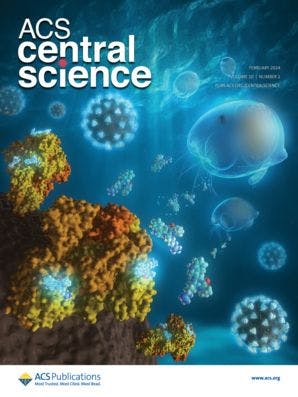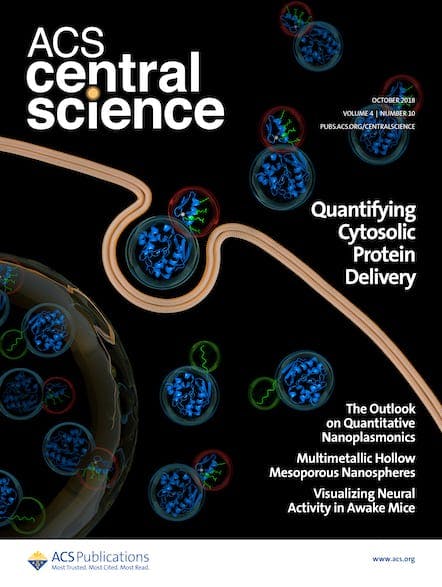Scientists reveal a simple, rapid bioluminescence-based COVID-19 detection method using saliva, which requires no genetic manipulation or special facilities and delivers results within a minute.

While we may have come out the other side of global restrictions and social distancing for all, SARS-CoV-2 is still with us, slipping into seasonal, endemic patterns similar to the traditional cold and flu. But just as with these other viruses, we still need reliable, quick, and easy methods of testing.
Luciferase is the enzyme responsible for bioluminescence, and biosensors based on this proved vital during the COVID-19 pandemic, both in the study of the SARS-CoV-2 virus and in drug development. Now, new work published in ACS Central Science describes a potential COVID-19 test inspired by this natural bioluminescence. The approach is based on a molecule found in crustaceans that can rapidly detect SARS-CoV-2 spike protein. This selective luminescence reaction relies on enzymatic recognition of the 3-(1-guanidino)propyl group in luciferin at the interfaces between the units of the spike protein. This allows detection of the viral protein in human saliva without sample pretreatment.1

Pseudo-Luciferase Activity of the SARS-CoV-2 Spike Protein for Cypridina Luciferin
ACS Central Science
DOI: 10.1021/acscentsci.3c00887
The SARS-CoV-2 spike protein is a trimeric glycoprotein that exists on the surface of the virus particles and is integral for the virus's ability to infect human cells. Studies have revealed multiple "hydrophobic pockets" on the spike protein that tend to repel water and can bind (attach) to a variety of molecules. The link was made when studies suggested the luminescence reaction of imidazopyrazinone-type luciferin required a hydrophobic pocket as an oxidative reaction field. This led the authors to hypothesize that specific luminescence detection of the spike protein could be achieved by selecting a luciferin that specifically fits into its hydrophobic pockets.
Luciferase-dependent assays have already allowed monitoring of diverse molecular events in living subjects. Previous research from the same group has looked at generating specific bioluminescence with human serum albumin,2 which accounts for approximately 65% of serum proteins in the human body, and is involved in many physiological functions.
A key advantage of this new method for detecting COVID-19 with bioluminescence is that it offers a novel platform that can deliver results simply and quickly without any genetic manipulation or antibodies. The assay simply requires saliva to be mixed in, and provides visible results within one minute. It also eliminates the need for pretreatment, dedicated clinical facilities, or trained personnel to undertake the test or interpret its results. This could be the first time COVID-19 gets a glowing reception from anyone, and could help quickly identify infections and track trends.
References
- Nishihara, R. et al. Pseudo-Luciferase Activity of the SARS-CoV-2 Spike Protein for Cypridina Luciferin. ACS Cent. Sci. 2024, 10, 2, 283–290.
- Nishihara, R, et al. Coelenterazine Analogue with Human Serum Albumin-Specific Bioluminescence. Bioconjugate Chem. 2020, 31, 2679–2684.
